AVs in NYC: A Policy Framework
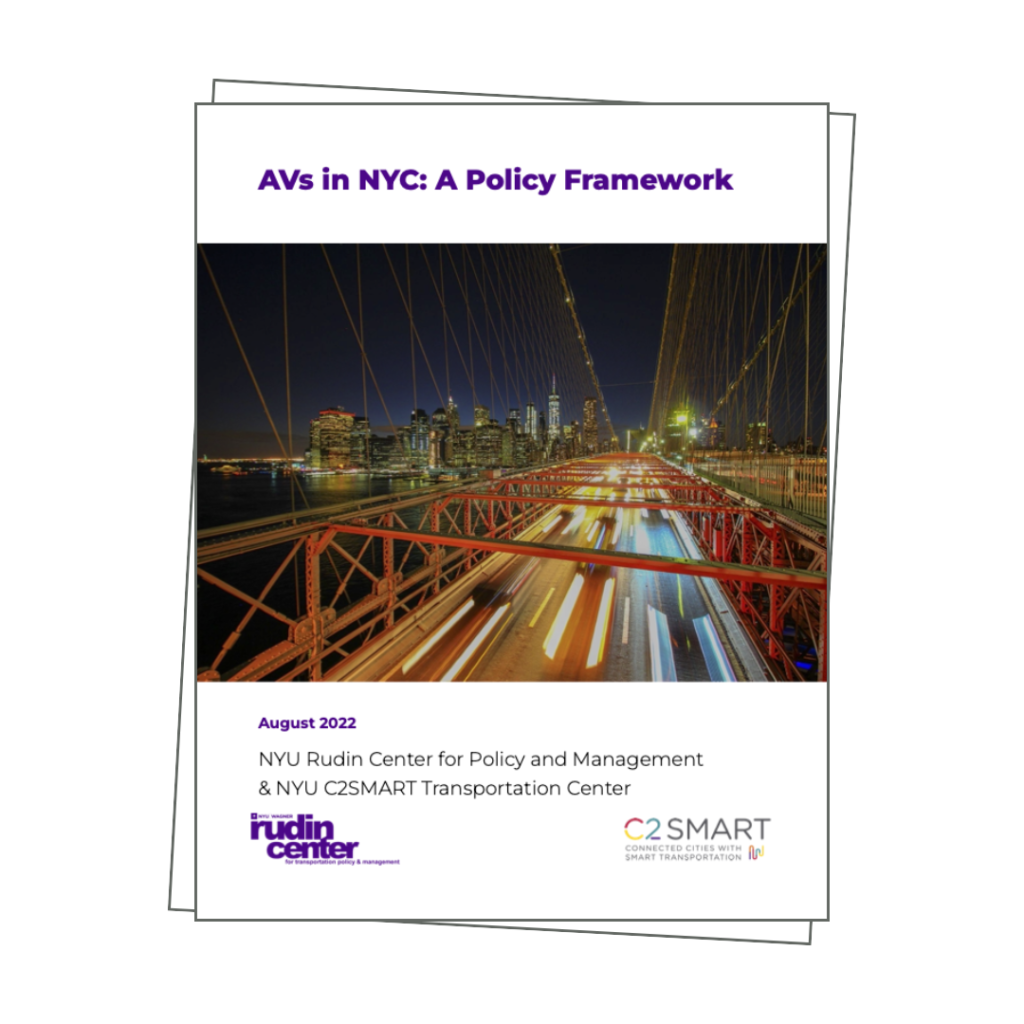
While the reality of autonomous vehicles in New York City remains several years away, this timeline grants us the opportunity to set up a policy model for equitable, safe and accessible mobility. Although AVs are regulated for safety and efficacy within the transportation realm, they are rarely evaluated from a policy perspective. Autonomy’s impacts will […]
Using Data from Reddit, Public Deliberation, and Surveys to Measure Public Opinion about Autonomous Vehicles
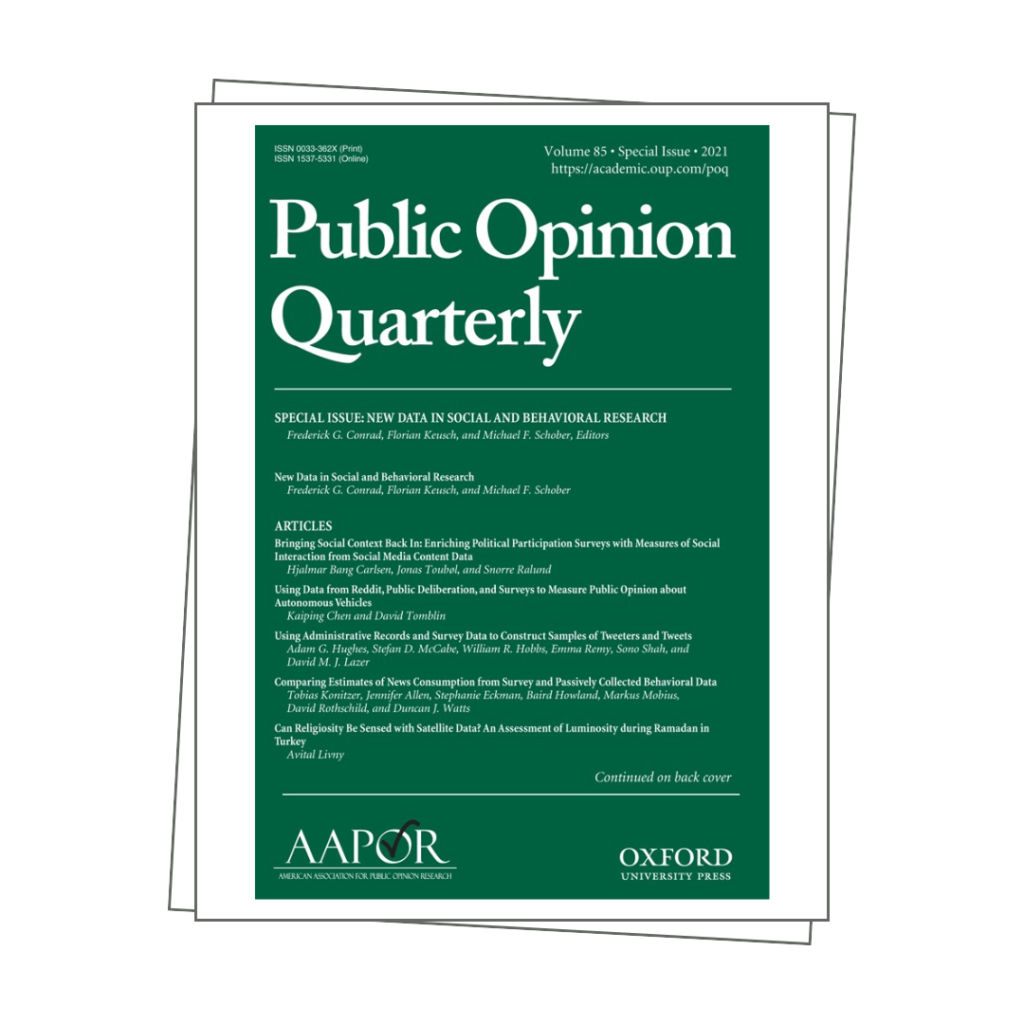
When and how can researchers synthesize survey data with analyses of social media content to study public opinion, and when and how can social media data complement surveys to better inform researchers and policymakers? This paper explores how public opinions might differ between survey and social media platforms in terms of content and audience, focusing […]
CLEARING THE CONFUSION: Common Naming for Advanced Driver Assistance Systems
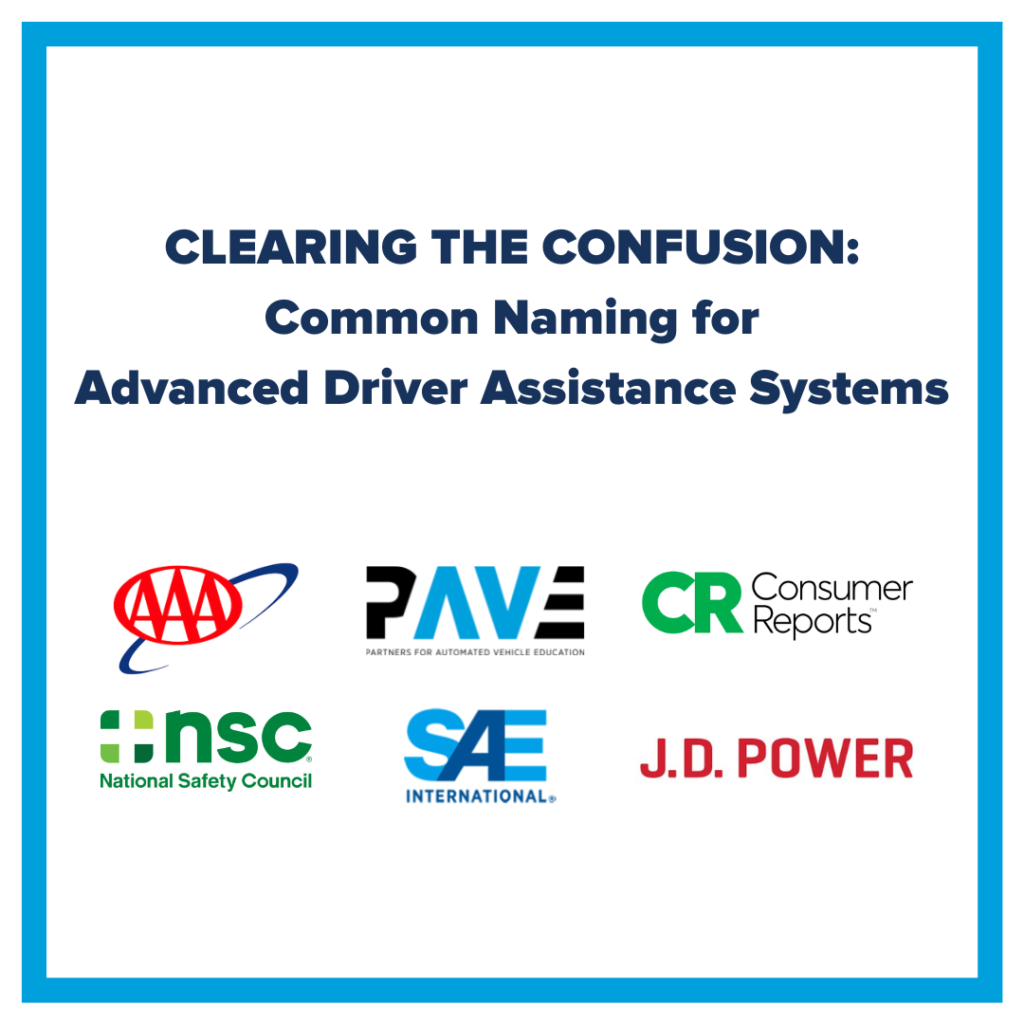
Today, most new vehicles are equipped with at least one, but more likely, numerous advanced driver assistance systems (ADAS). The names used to describe them across the industry, however, varies greatly, which creates confusion for consumers. Six leading organizations committed to consumer safety and education — AAA, Consumer Reports, J.D. Power, National Safety Council, PAVE, […]
Automation in Our Parks: Automated Shuttle Pilots at Yellowstone National Park and Wright Brothers National Memorial

Through its Emerging Mobility initiative, the National Park Service (NPS) implemented two electric, automated shuttle pilots at Yellowstone National Park and Wright Brothers National Memorial. “The Electric Driverless Demonstration in Yellowstone” (TEDDY) pilot operated from June to August 2021 with two Local Motors Olli shuttles operated by Beep, while the “Connected Autonomous Shuttle Supporting Innovation” […]
Consumer demand for partial driving automation and hands-free driving capability

Introduction: It is often assumed that consumers want partial driving automation in their vehicles, yet there has been little research on the topic. Also unclear is what the public’s appetite is for hands-free driving capability, automated (auto)-lane-change functionality, and driver monitoring that helps reinforce proper use of these features. Method: Through an internet-based survey of a nationally […]
J.D. Power 2022 Canada Mobility Confidence Index (MCI) Study in collaboration with PAVE Canada and MIT AVT – Whitepaper

The J.D. Power 2022 Canada Mobility Confidence Index (MCI) StudySM brings together three organizations with an aligned mission to understand consumer knowledge and acceptance of fully automated, self-driving vehicles. The Mobility Confidence Index Study is now an annual offering in both the U.S. and Canada that provides a comprehensive measurement of consumer readiness for fully […]
20-4 Coordinating State Policies, Laws and Regulations for Automated Driving Systems Across New England

Project ObjectivesThe objectives of this project are to: Read more here
Integrating Shared Autonomous Mobility into the U.S. Transportation System: An Equity, Economic, Ethical, and Environmental Assessment

The transportation sector will experience a significant shift with the advent of automated vehicles. As the new technology emerges, shared automated mobility is a potentialopportunity to improve equity, access, and sustainability at potentially lower costs. Automated vehicles and shuttles are agile for dynamic routing and can make use of the existing transportation infrastructure, but operating […]
Cross Domain Safety Assurance Framework for Automated Transport Systems
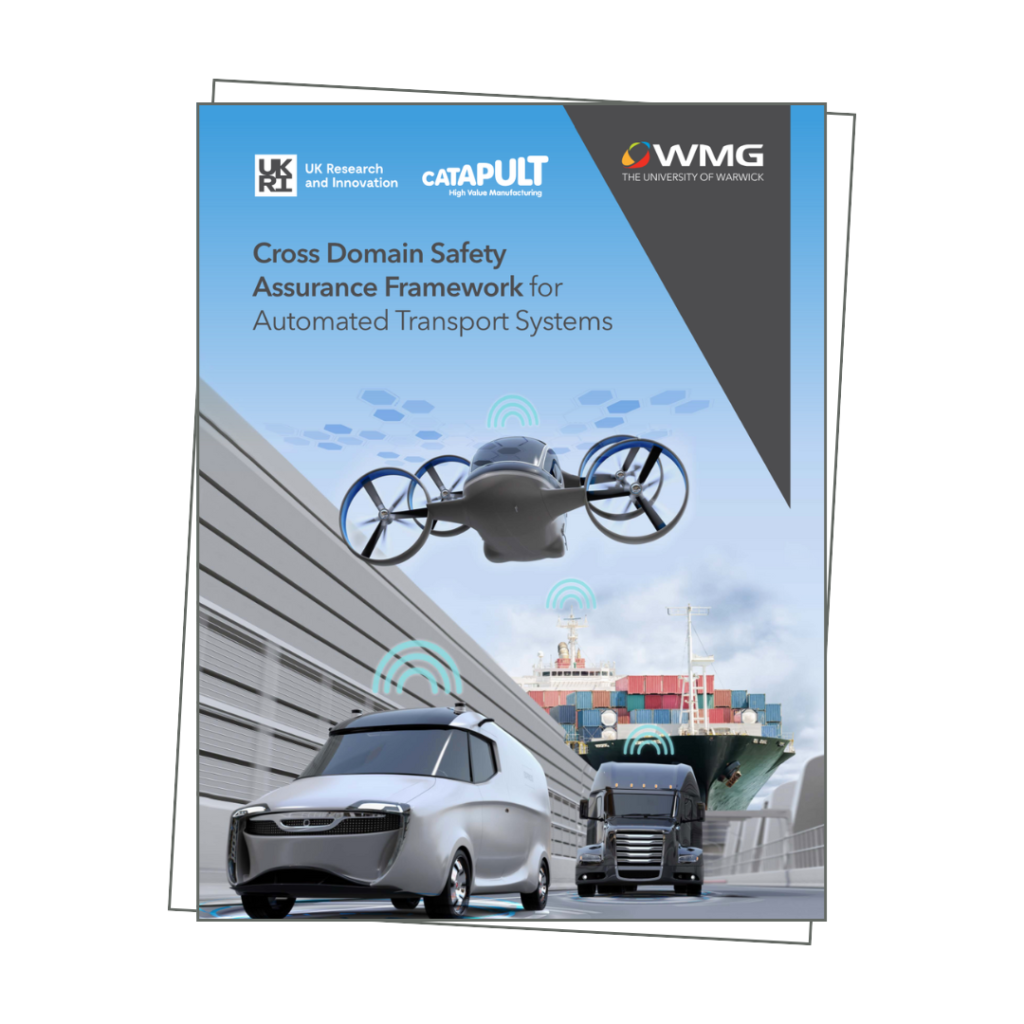
Moving people and goods is worth over £100 billion to the UK economy, but it comes at a cost in terms of accidents, with over 2000 deaths and over 120,000 injuries every year. Connected and autonomous transport has the potential to make land, air and marine journeys safer, faster and more efficient, contributing to both […]
An acceptance divergence? Media, citizens and policy perspectives on autonomous cars in the European Union

Do citizens, media and policymakers share the same view on autonomous cars? In the present paper, we analyse data from media articles, a Eurobarometer survey, and policy documents, to understand the perspective of different stakeholders when it comes to autonomous cars. We find significant differences between the groups, with a predominance of negative sentiments in […]

